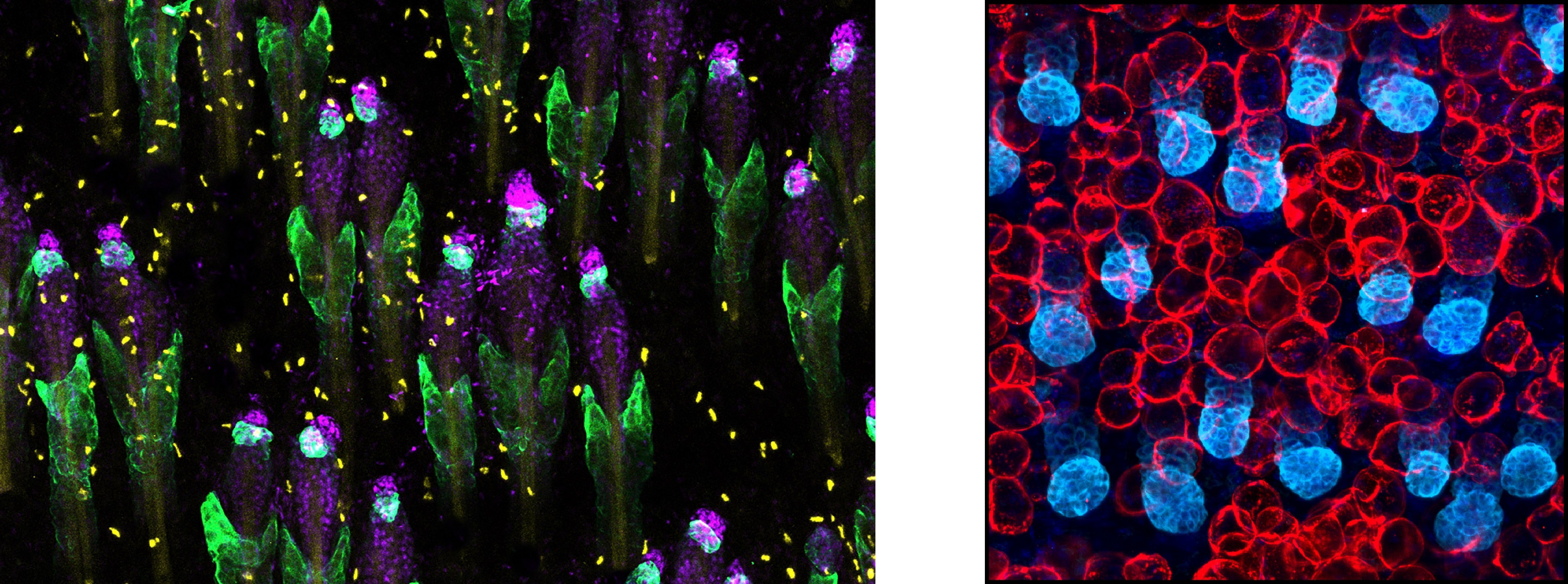Adult stem cells play a central role in regenerating and repairing our body systems. They possess potent self-renewal capabilities, vital for maintaining organ homeostasis and facilitating repair processes.
Dr. Zhang’s previous research focused on stem cell regulation in the skin, investigating the interaction mechanisms between adult skin stem cells and their tissue microenvironment, the nervous system, and the endocrine system. His studies revealed the coordinated growth mechanisms of different skin cells during hair follicle regeneration (Gene Dev, 2016); and demonstrated that the sympathetic nervous system directly regulates stem cell activity (Nature, 2020), establishing the critical role of "neuro-stem cell interaction" in brain-body communication. Recently, his team elucidated the interaction mechanisms between the hypothalamic-pituitary-adrenal (HPA) axis and the skin stem cell microenvironment (Cell, 2025), highlighting the close relationship between systemic physiological changes and tissue regeneration.
The laboratory’s current research focuses on the interaction mechanisms between tissue regeneration, immune defense, and neural regulation. Combining tools from stem cell biology, neurobiology, immunology, and tissue engineering, we systematically investigate the following research areas:
1. Neural Regulation of Peripheral Tissue Regeneration and Immune Activity: We study how the nervous system perceives and regulates peripheral tissue regeneration and immune defense. This involves examining the transmission of injury signals through neural pathways and the nervous system's role in regulating stem and immune cell behaviors to maintain tissue homeostasis.
2. Multi-lineage Interaction Mechanisms in Complex Organs: We investigate the complex interactions between different cell lineages within organs, such as the skin, and how these interactions relate to the pathogenic mechanisms of various regenerative and autoimmune diseases. Building on these insights, we aim to explore innovative interventions and more effective treatment strategies for human diseases.
